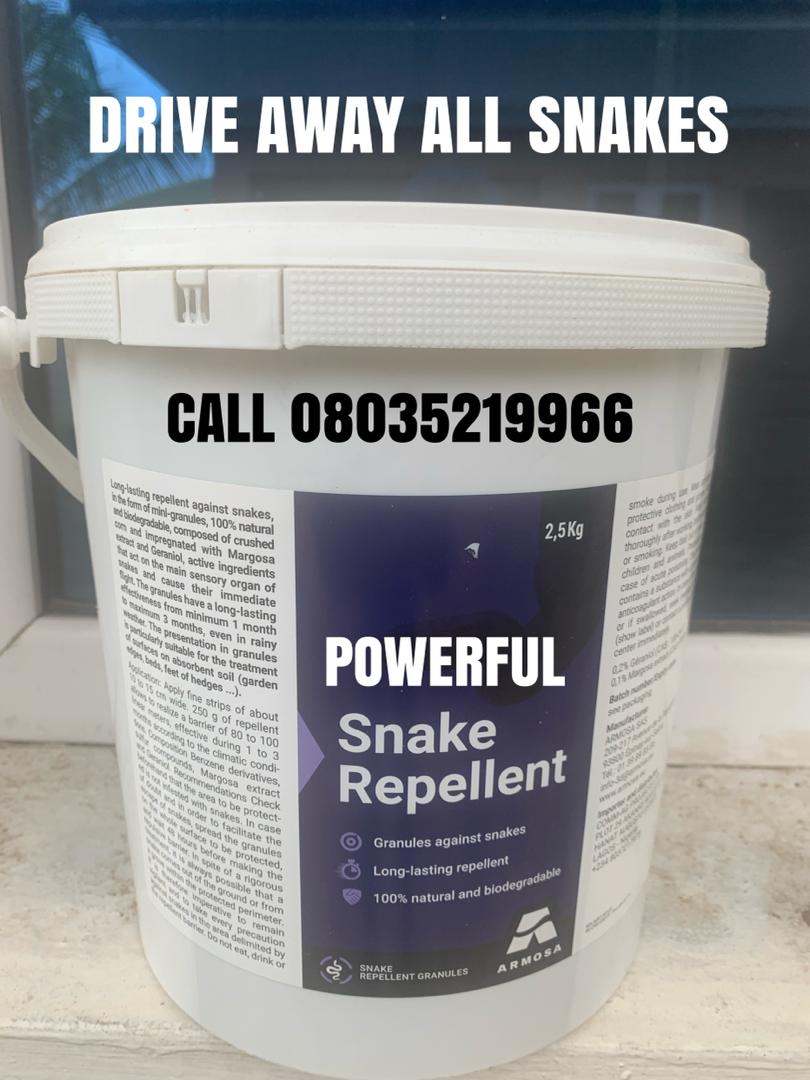🔥E- book offer of the day: 👉👉 Poultry farming business report Volume 4
13 strategic ways to handle the rising costs of inputs in your catfish farm
1. **Optimized Feed Formulation:** Fine-tune catfish feed formulations to ensure optimal nutrition while exploring cost-effective alternatives to mitigate the impact of rising feed costs.
 Learn More
Learn More2. **Feeding Management Practices:** Implement efficient feeding schedules and techniques to minimize waste and maximize feed utilization, improving overall cost-effectiveness.
3. **Water Management:** Invest in water conservation practices and efficient filtration systems to reduce water usage and associated costs in catfish farming operations.
4. **Selective Breeding:** Consider selective breeding programs to develop catfish strains that exhibit better feed conversion rates and growth efficiency, thereby reducing overall input requirements.
5. **Disease Prevention Measures:** Prioritize biosecurity measures to prevent diseases, minimizing the need for expensive treatments and potential losses in catfish production.
READ ALSO Essentials of catfish nutrition for every catfish farmer
6. **Technological Integration:** Adopt technology such as automated feeding systems, water quality monitoring, and pond management tools to improve operational efficiency and reduce labor costs.
Don’t wait – buy this captivating ebook right away.👉👉 Poultry farming business report Volume 5
7. **Efficient Energy Usage:** Implement energy-efficient practices, such as solar-powered aeration systems, to reduce electricity costs associated with catfish farming.

8. **Cooperative Buying:** Collaborate with neighboring catfish farmers to negotiate bulk discounts on inputs, including feed, medication, and equipment, to achieve cost savings.
9. **Alternative Income Streams:** Explore additional revenue streams within the catfish farm, such as agro-tourism, educational programs, or value-added catfish products, to offset rising input expenses.
Procure your copy of this enriching ebook promptly.👉👉 Poultry farming business report Volume 6
10. **Government Support Programs:** Research and take advantage of government support programs, subsidies, or grants that aim to assist fish farmers facing financial challenges due to rising input costs.
11. **Continuous Training and Education:** Stay informed about the latest advancements in catfish farming practices, disease management, and technological innovations through ongoing education and training programs.
READ ALSO Important Roles of Temperature and Oxygen in Catfish Farming
12. **Efficient Pond Management:** Optimize pond management practices to promote a healthy and productive environment for catfish, reducing the likelihood of diseases and improving overall efficiency.
13. **Market Diversification:** Explore diverse markets for catfish products, such as direct sales to consumers or niche markets, to create additional income sources and buffer against input cost fluctuations.
Implementing a combination of these strategic measures can help catfish farmers navigate the challenges posed by the increasing costs of inputs while maintaining a sustainable and profitable operation.
ATTENTION: Click “HERE” to join our WhatsApp group and receive More updates directly on your WhatsApp!
🧩CREATED BY DR JOSEPH DEJI-FOLUTILE















